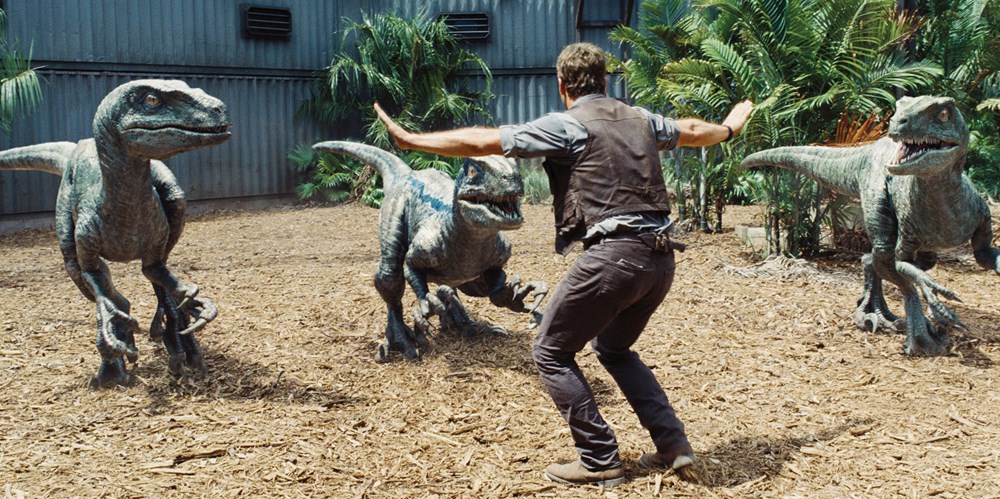View attachment 693682
Can someone tell me what this whole contraption will rest on, on the launch pad? Sure not on the engines right? If so which part of the rocket will rest on the pad?
Looks like they photoshopped Chris Pratt from Jurassic World:


You can install our site as a web app on your iOS device by utilizing the Add to Home Screen feature in Safari. Please see this thread for more details on this.
Note: This feature may not be available in some browsers.
View attachment 693682
Can someone tell me what this whole contraption will rest on, on the launch pad? Sure not on the engines right? If so which part of the rocket will rest on the pad?


The picture from this tweet makes it appear that they are more like supports (and they are called such in the annotations), rather than actual clamps:Wow 20 odd clamps and they all need to release exactly at the same time within a fraction of a second.
The picture from this tweet makes it appear that they are more like supports (and they are called such in the annotations), rather than actual clamps:
Guessing it is a single (or two) Ram that opens everything at the same time.I guess if you can coordinate firing and throttling 29 rocket engines to sub-second accuracy, sync'ing 20 hydraulic rams isn't that big of a deal...
-Resisting tipping (lateral load) while verticalized
Well, if that depiction is accurate, it looks like 20 individual hydraulic cylinders....Guessing it is a single (or two) Ram that opens everything at the same time.
Guessing it is a single (or two) Ram that opens everything at the same time.
I thought the transporter/erector did that job of holding the F9 on top and releasing and angling back at the last minute.
Looks bigger when it's black
Looks like Booster 4 is now sitting on the orbital launch mount.
I'm pretty sure at least some of that (e.g., the COPVs) will be covered before they fly the booster.There is so much paraphernalia attached to the outer skin of the booster that is exposed to the elements. Will they all survive the rigors of rocket flying through the atmosphere at MaxQ?
I don’t recall any such big items attached to the outside of any other rocket?


